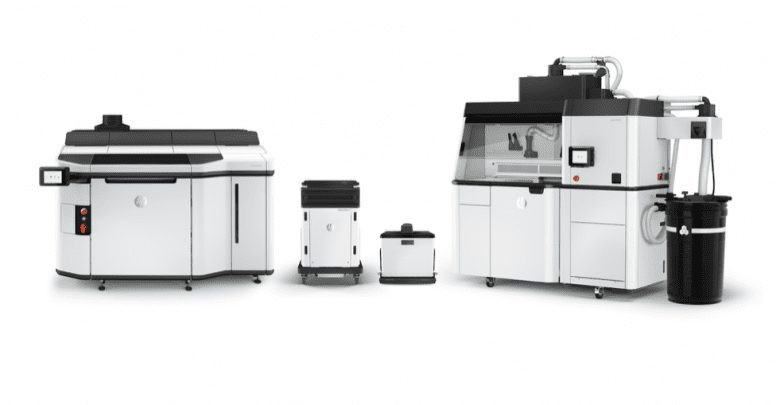The customizability and quick turnaround of 3D printing has the potential to change medicine as we know in many different ways. From shortening logistical chains to providing better quality of life for patients to creating better tools for training doctors, 3D printing allows for a wide variety of more creative medical options than existed before.
Because 3D printers take up relatively little space, especially in comparison to machine shops and castings operations, a 3D printer can be kept and operated on site or very near a medical facility. This means that there is no need to wait for large orders of equipment to be manufactured far away and shipped to the facility. Instead, with the right stock of materials and the CAD file, a hospital or other facility can print the equipment it needs much closer. We’ve already seen this done for 3D printed face shields during the COVID-19 pandemic, where local startups and universities provided the services of their 3D printers to provide much needed equipment to hospitals. The result of using 3D printers in this way is a shorter logistics chain, meaning that there is a shorter wait for much needed equipment to be restocked.
3D printing also sees an increasing amount of use in creating custom prosthetics and other equipment for patients. Before the wide use of 3D printing, these important devices were manufactured through more traditional methods. It was difficult to fit for patients, especially children, as they would outgrow their prosthetics relatively frequently. With 3D printing, digital scans can be taken and incorporated into the design to create devices that are a perfect fit for a specific person, helping them live their lives to the fullest.
3D printing also provides a solution to an age old problem for medical training. For a very long time, doctors have trained using cadavers, but these are in short supply. This slows and limits available training, but 3D printing has started to provide an alternative.
At Mayo Clinic in Florida, CT scans are used to create printable files. The models are anatomically correct and can be printed many times, allowing surgeons to practice techniques more often. With cadavers, there is only one chance for a doctor to get the technique right, but with these models, there are many opportunities to practice and perfect their technique.
This is only the tip of the iceberg. At Jawstec, we have already begun to help our local hospital by creating medical equipment. The lessons we have learned are ready to be put to good use by helping you with your next medical 3D printing project. Contact us today!

0 Comments